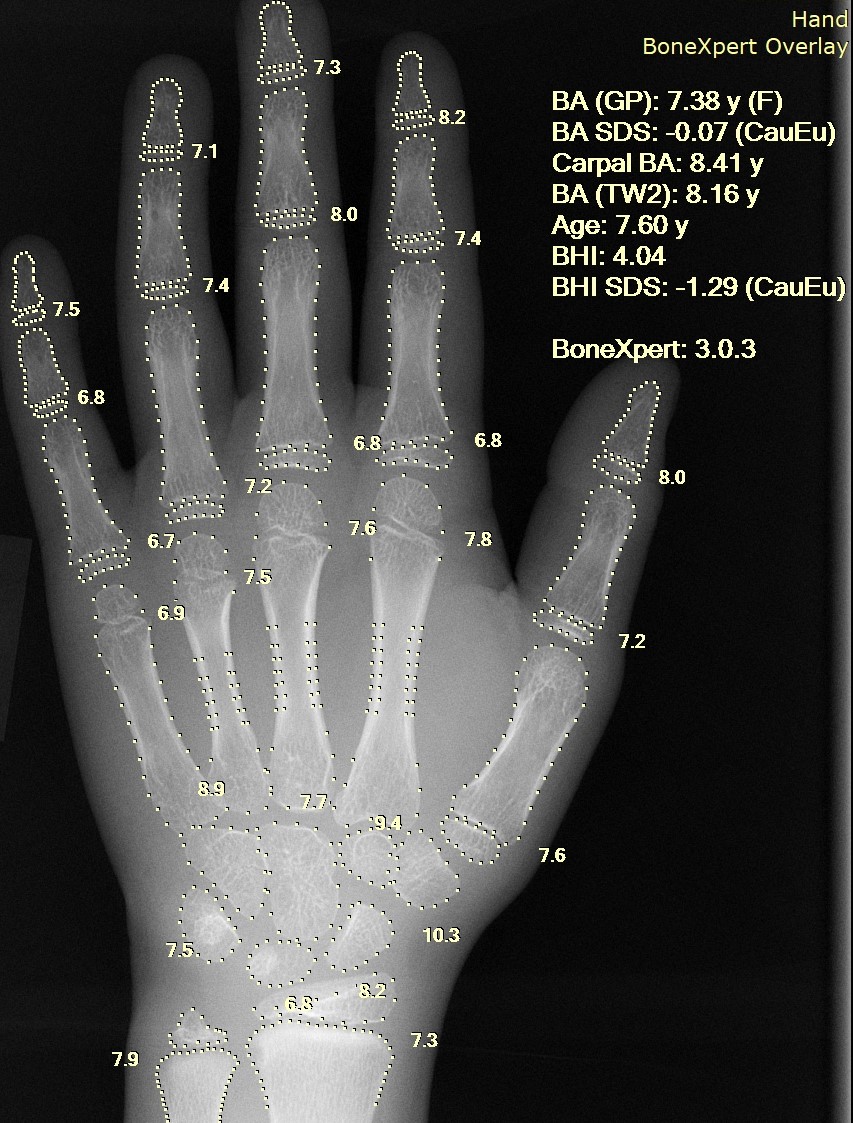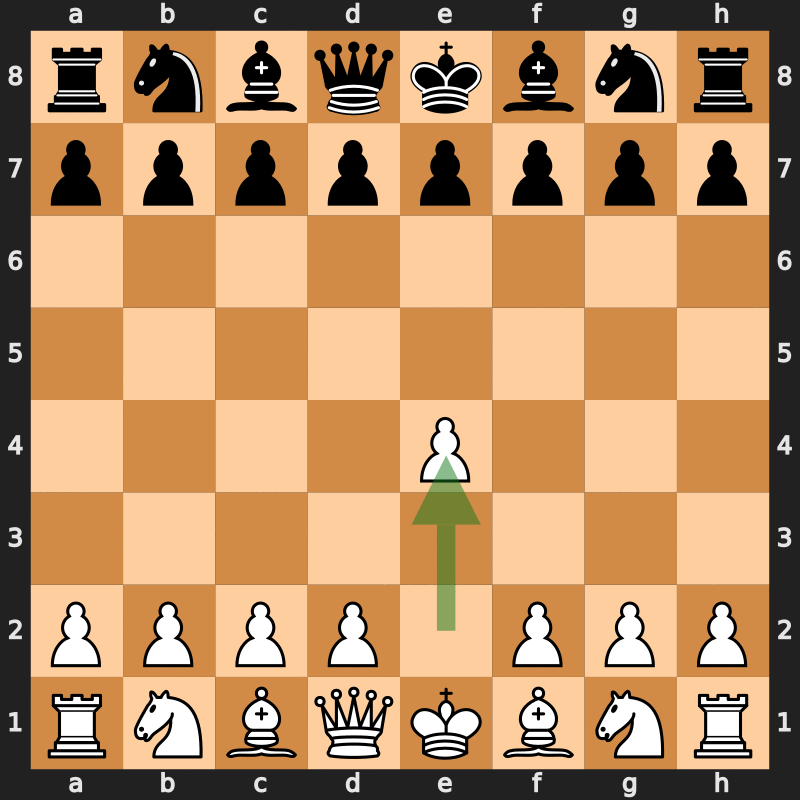|
Hybrid Intelligent System
Hybrid intelligent system denotes a software system which employs, in parallel, a combination of methods and techniques from artificial intelligence subfields, such as: * Neuro-symbolic systems * Neuro-fuzzy systems * Hybrid connectionist-symbolic models * Fuzzy expert systems * Connectionist expert systems * Evolutionary neural networks * Genetic fuzzy systems * Rough fuzzy hybridization * Reinforcement learning with fuzzy, neural, or evolutionary methods as well as symbolic reasoning methods. From the cognitive science perspective, every natural intelligent system is hybrid because it performs mental operations on both the symbolic and subsymbolic levels. For the past few years, there has been an increasing discussion of the importance of A.I. Systems Integration. Based on notions that there have already been created simple and specific AI systems (such as systems for computer vision, speech synthesis, etc., or software that employs some of the models mentioned above) and now ... [...More Info...] [...Related Items...] OR: [Wikipedia] [Google] [Baidu] |
|
|
Neuro-symbolic AI
Neuro-symbolic AI integrates neural and symbolic AI architectures to address complementary strengths and weaknesses of each, providing a robust AI capable of reasoning, learning, and cognitive modeling. As argued by Valiant and many others, the effective construction of rich computational cognitive models demands the combination of sound symbolic reasoning and efficient machine learning models. Gary Marcus, argues that: "We cannot construct rich cognitive models in an adequate, automated way without the triumvirate of hybrid architecture, rich prior knowledge, and sophisticated techniques for reasoning.". Further, "To build a robust, knowledge-driven approach to AI we must have the machinery of symbol-manipulation in our toolkit. Too much of useful knowledge is abstract to make do without tools that represent and manipulate abstraction, and to date, the only machinery that we know of that can manipulate such abstract knowledge reliably is the apparatus of symbol-manipulation." ... [...More Info...] [...Related Items...] OR: [Wikipedia] [Google] [Baidu] |
|
 |
Automated Planning
Automation describes a wide range of technologies that reduce human intervention in processes, namely by predetermining decision criteria, subprocess relationships, and related actions, as well as embodying those predeterminations in machines. Automation has been achieved by various means including mechanical, hydraulic, pneumatic, electrical, electronic devices, and computers, usually in combination. Complicated systems, such as modern factories, airplanes, and ships typically use combinations of all of these techniques. The benefit of automation includes labor savings, reducing waste, savings in electricity costs, savings in material costs, and improvements to quality, accuracy, and precision. Automation includes the use of various equipment and control systems such as machinery, processes in factories, boilers, and heat-treating ovens, switching on telephone networks, steering, and stabilization of ships, aircraft, and other applications and vehicles with reduced human in ... [...More Info...] [...Related Items...] OR: [Wikipedia] [Google] [Baidu] |
|
Artur D'Avila Garcez
Artur d'Avila Garcez (born 1970) is a researcher in the field of computational logic and neural computation, in particular hybrid systems with application in software verification and information extraction. His contributions include neural-symbolic learning systems and nonclassical models of computation combining robust learning and reasoning. He is a Professor of Computer Science at City, University London. Garcez is co-author of ''Neural-Symbolic Learning Systems'' (Springer, 2002, ) and ''Neural-Symbolic Cognitive Reasoning'' (Springer, 2009, ). He is an editor of the Journal of Logic and Computation, Oxford University Press and associate member of Behavioral and Brain Sciences, Cambridge University Press. He is listed in Marquis Who's Who in the World and Marquis Who's Who in Science and Engineering. Garcez received his PhD from Imperial College London in 2000 under the supervision of Dov Gabbay.. The title of his thesis is ''Nonmonotonic Theory Refinement in Artificia ... [...More Info...] [...Related Items...] OR: [Wikipedia] [Google] [Baidu] |
|
 |
DARPA LAGR Program
{{short description, United States government program involved in the development of unmanned ground vehicles The Learning Applied to Ground Vehicles (LAGR) program, which ran from 2004 until 2008, had the goal of accelerating progress in autonomous, perception-based, off-road navigation in robotic unmanned ground vehicles (UGVs). LAGR was funded by DARPA, a research agency of the United States Department of Defense. History and background While mobile robots had been in existence since the 1960s, ( e.g. Shakey), progress in creating robots that could navigate on their own, outdoors, off-road, on irregular, obstacle-rich terrain had been slow. In fact no clear metrics were in place to measure progress. A baseline understanding of off-road capabilities began to emerge with the DARPA PerceptOR program in which independent research teams fielded robotic vehicles in unrehearsed Government tests that measured average speed and number of required operator interventions over a fixed ... [...More Info...] [...Related Items...] OR: [Wikipedia] [Google] [Baidu] |
|
Outline Of Artificial Intelligence
The following outline is provided as an overview of and topical guide to artificial intelligence: Artificial intelligence (AI) – intelligence exhibited by machines or software. It is also the name of the scientific field which studies how to create computers and computer software that are capable of intelligent behaviour. AI algorithms and techniques Search * Discrete search algorithms ** Uninformed search *** Brute force search *** Search tree **** Breadth first search **** Depth-first search *** State space search ** Informed search *** Best-first search *** A* search algorithm *** Heuristics *** Pruning (algorithm) ** Adversarial search *** Minmax algorithm ** Logic as search *** Production system (computer science), Rule based system *** Production rule, Inference rule, Horn clause *** Forward chaining *** Backward chaining ** Planning as search *** State space search *** Means-ends analysis Optimization search * Optimization (mathematic ... [...More Info...] [...Related Items...] OR: [Wikipedia] [Google] [Baidu] |
|
|
List Of Emerging Technologies
This is a list of emerging technologies, in-development technical innovations with significant potential in their applications. The criteria for this list is that the technology must: # Exist in some way; purely hypothetical technologies cannot be considered emerging and should be covered in the list of hypothetical technologies instead. However, technologies being actively researched and prototyped are acceptable. # Have a Wikipedia article or adjacent citation covering them. # Not be widely used yet. Mainstream or extensively commercialized technologies can no longer be considered emerging. Agriculture Construction Electronics, IT, and communications Entertainment Optoelectronics Energy Materials and textiles Medicine Neuroscience Military Space Transport See also General: * Anthropogenics * Differential technological development *Diffusion of innovations *Disruptive innovation * Ecological modernization * Environmental technolo ... [...More Info...] [...Related Items...] OR: [Wikipedia] [Google] [Baidu] |
|
|
Intelligent Control
Intelligent control is a class of control techniques that use various artificial intelligence computing approaches like neural networks, Bayesian probability, fuzzy logic, machine learning, reinforcement learning, evolutionary computation and genetic algorithms. Overview Intelligent control can be divided into the following major sub-domains: * Neural network control * Machine learning control * Reinforcement learning * Bayesian control * Fuzzy control * Neuro-fuzzy control * Expert Systems * Genetic control New control techniques are created continuously as new models of intelligent behavior are created and computational methods developed to support them. Neural network controller Neural networks have been used to solve problems in almost all spheres of science and technology. Neural network control basically involves two steps: * System identification * Control It has been shown that a feedforward network with nonlinear, continuous and differentiable activation function ... [...More Info...] [...Related Items...] OR: [Wikipedia] [Google] [Baidu] |
|
|
Artificial Intelligence Systems Integration
{{short description, Aspect of system integration regarding artificial intelligence The core idea of Artificial Intelligence systems integration is making individual software components, such as speech synthesizers, interoperable with other components, such as common sense knowledgebases, in order to create larger, broader and more capable A.I. systems. The main methods that have been proposed for integration are message routing, or communication protocols that the software components use to communicate with each other, often through a middleware blackboard system. Most artificial intelligence systems involve some sort of integrated technologies, for example, the integration of speech synthesis technologies with that of speech recognition. However, in recent years, there has been an increasing discussion on the importance of systems integration as a field in its own right. Proponents of this approach are researchers such as Marvin Minsky, Aaron Sloman, Deb Roy, Kristinn R. Thóris ... [...More Info...] [...Related Items...] OR: [Wikipedia] [Google] [Baidu] |
|
 |
Applications Of Artificial Intelligence
Artificial intelligence (AI) has been used in applications to alleviate certain problems throughout industry and academia. AI, like electricity or computers, is a general purpose technology that has a multitude of applications. It has been used in fields of language translation, image recognition, credit scoring, e-commerce and other domains. Internet and e-commerce Search engines Recommendation systems A recommendation system predicts the "rating" or "preference" a user would give to an item.Francesco Ricci and Lior Rokach and Bracha ShapiraIntroduction to Recommender Systems Handbook Recommender Systems Handbook, Springer, 2011, pp. 1-35 Recommender systems are used in a variety of areas, such as generating playlists for video and music services, product recommendations for online stores, or content recommendations for social media platforms and open web content recommenders.Pankaj Gupta, Ashish Goel, Jimmy Lin, Aneesh Sharma, Dong Wang, and Reza Bosagh ZadeWT ... [...More Info...] [...Related Items...] OR: [Wikipedia] [Google] [Baidu] |
 |
AI Effect
:''For the magnitude of effect of a pesticide, see Pesticide application. Of change in farming practices, see Agricultural intensification.'' The AI effect occurs when onlookers discount the behavior of an artificial intelligence program by arguing that it is not ''real'' intelligence. Author Pamela McCorduck writes: "It's part of the history of the field of artificial intelligence that every time somebody figured out how to make a computer do something—play good checkers, solve simple but relatively informal problems—there was a chorus of critics to say, 'that's not thinking'." Researcher Rodney Brooks complains: "Every time we figure out a piece of it, it stops being magical; we say, 'Oh, that's just a computation.'" "The AI effect" is that line of thinking, the tendency to redefine AI to mean: "AI is anything that has not been done yet." This is the common public misperception, that as soon as AI successfully solves a problem, that solution method is no longer within the ... [...More Info...] [...Related Items...] OR: [Wikipedia] [Google] [Baidu] |
 |
AI Alignment
In the field of artificial intelligence (AI), AI alignment research aims to steer AI systems towards their designers’ intended goals and interests. An ''aligned'' AI system advances the intended objective; a ''misaligned'' AI system is competent at advancing some objective, but not the intended one. AI systems can be challenging to align and misaligned systems can malfunction or cause harm. It can be difficult for AI designers to specify the full range of desired and undesired behaviors. Therefore, they use easy-to-specify proxy goals that omit some desired constraints. However, AI systems exploit the resulting loopholes. As a result, they accomplish their proxy goals efficiently but in unintended, sometimes harmful ways ( reward hacking). AI systems can also develop unwanted instrumental behaviors such as seeking power, as this helps them achieve their given goals. Furthermore, they can develop emergent goals that may be hard to detect before the system is deployed, facing ... [...More Info...] [...Related Items...] OR: [Wikipedia] [Google] [Baidu] |
|
Analogy
Analogy (from Greek language, Greek ''analogia'', "proportion", from ''ana-'' "upon, according to" [also "against", "anew"] + ''logos'' "ratio" [also "word, speech, reckoning"]) is a cognition, cognitive process of transferring information or Meaning (linguistics), meaning from a particular subject (the analog, or source) to another (the target), or a language, linguistic expression corresponding to such a process. In a narrower sense, analogy is an inference or an Logical argument, argument from one particular to another particular, as opposed to deductive reasoning, deduction, inductive reasoning, induction, and abductive reasoning, abduction, in which at least one of the premises, or the conclusion, is general rather than particular in nature. The term analogy can also refer to the relation between the source and the target themselves, which is often (though not always) a Similarity (philosophy), similarity, as in the analogy (biology), biological notion of analogy. Analogy pla ... [...More Info...] [...Related Items...] OR: [Wikipedia] [Google] [Baidu] |